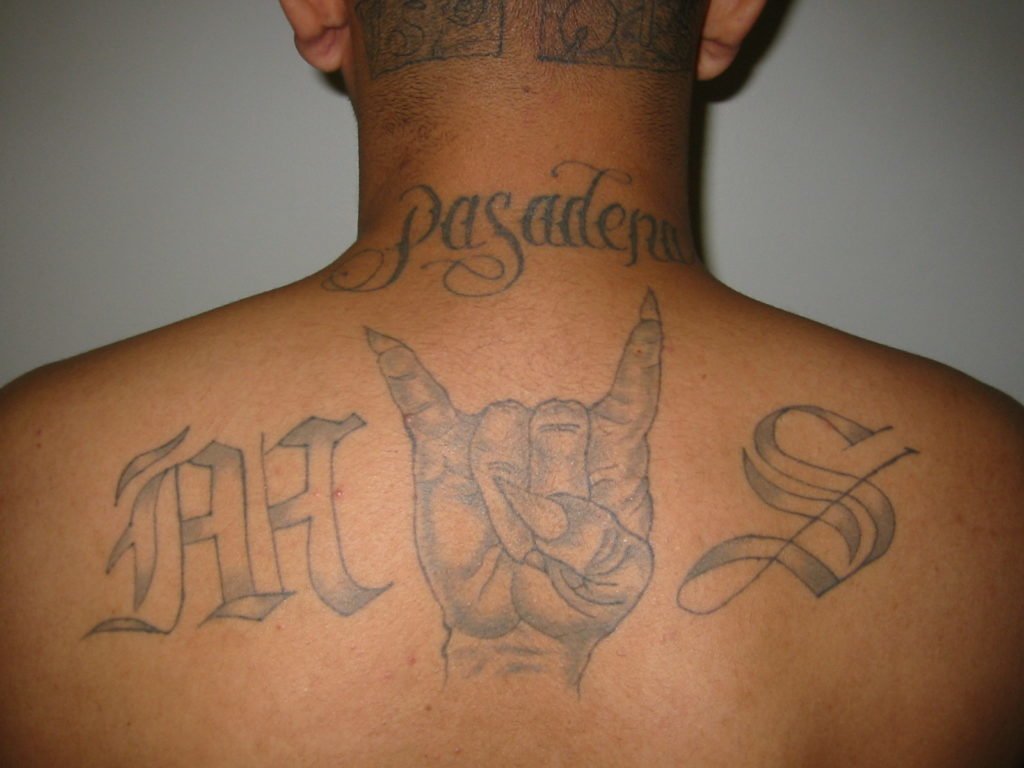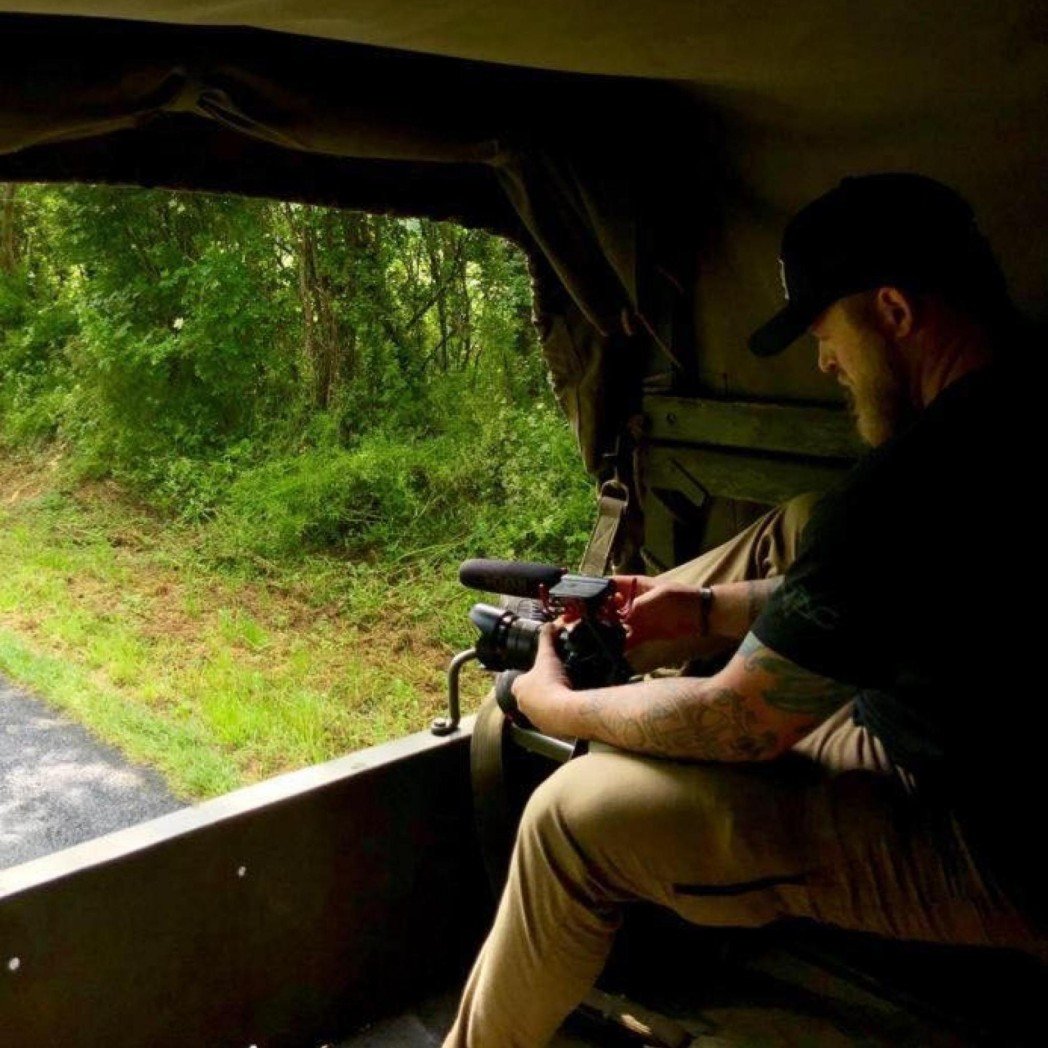The Paramedics That Fought for Their Lives to Save an MS-13 Gang Member

Paramedics and other first responders have specific health considerations in relation to their jobs. Photo courtesy of Getty Images.
Paramedics Sarah, Jessica, and Alex (last names withheld for security) sat in their ambulance on a street corner somewhere in Minneapolis, awaiting the next 911 call to come in. It was a hot August night, and the air conditioner was struggling. But with the sun setting, relief was just around the corner.
The major metro area of Minneapolis is a busy arena for emergency medical services (EMS); tonight would be no exception for the trio of paramedics. Typically, metro crews run in pairs. But Alex didn’t have a partner to fill a second ambulance, so he was tasked to ride as a third medic with Sarah and Jessica instead. He was a welcome addition — you never know when you might need the extra help, after all.
A call came over the radio: “Code three, to the area, for a psych.”

Like the military, EMS and police have their own radio language. “Code three” meant that they would be driving with their lights and sirens on, and “to the area” means that it isn’t safe to enter the exact scene where the patient is located. While traveling to the call, the crew was updated that the patient may have overdosed on heroin. After parking, they waited for longer than usual, but continued to see police driving by quickly to where their patient was supposed to be located.
The larger-than-usual number of officers responding to the scene was an ominous sign of what the medics would be facing. Sarah recalled that “they still wanted us to the area because they (dispatch) heard screaming in the background.”
After approximately 20 minutes, the crew was cleared “code four,” which meant that it was safe to enter the scene.
It was obvious to the crew that this was not a heroin overdose but more likely some sort of stimulant.
The patient was located on the third floor of a large apartment complex. Calls from this lower-income housing development are frequent, and the crew had previously treated patients there with symptoms ranging from emotional distress to cardiac arrest, so they were uncertain what they’d find this time.
Sarah and her medics met the police and firefighters at the entrance to the apartment, where they could immediately see that the patient was thrashing around on the floor erratically. It was obvious to the crew that this was not a heroin overdose but more likely some sort of stimulant. The patient was covered from head to toe with tattoos — most notably “MS-13” inked across the front of his neck — and he wore a gold “grill” for his upper teeth that was fashioned into sharp fangs.
It’s always dangerous when medics come into contact with gang members, especially when they are under the influence of chemicals. Fortunately, this was an experienced crew.

“Seeing gang-related tattoos doesn’t change how I would treat them on a human-being level,” Sarah said, “but it would definitely make me more guarded for my safety.”
Sarah and Alex remained upstairs and, with the help of police and fire, continued care and prepped the patient to move outside. Meanwhile, Jessica went downstairs to set up the stretcher and equipment. The crew suspected excited delirium induced by methamphetamine or possibly PCP (phencyclidine, or “angel dust” as it’s commonly called). “Excited delirium” is an extremely dangerous condition that leads to death by cardiac arrest if not treated quickly. This condition must be officially diagnosed by a physician, but paramedics operate strictly under “field diagnosis,” which is an unofficial diagnosis, to treat a patient.
To Sarah and Alex’s surprise, the patient followed commands and willingly walked down the stairs to the stretcher. He was obviously agitated and in an excited state but was unable to answer assessment questions with logical, coherent answers. Sarah and Alex continued to ask the patient what he had taken, to which he finally replied, “I did a bunch of meth!”
“He fought like crazy and was able to buck all of us — he literally hulked out.”
The patient was assisted onto the stretcher with ease and moved into the ambulance. At this point, another call had gone out for a cardiac arrest at a popular restaurant down the street from the apartment complex. After the crew was in the ambulance, the police officers and firefighters left the scene to respond to the cardiac arrest call — but they didn’t tell the crew that they had left.
Once in the ambulance, the patient started screaming, “I need the doctor!” Since Jessica wasn’t with the patient earlier, she told him that she was the doctor, hoping it would calm him down. The ruse worked, and he allowed the crew to continue gathering vital signs using the cardiac monitor. Due to the patient’s condition, he was very sweaty and most of the equipment wouldn’t stick to his skin. The pulse oximetry (which shows the percentage of oxygen in the blood and an approximate heart rate) was reading at a good level, but his heart rate was more than 170 beats per minute. The patient’s physical presentation paired with his vital signs made excited delirium highly probable.

The patient agreed to let the crew administer a sedative as well as an IV. While starting the IV, Jessica put the patient’s left wrist in a soft restraint, just in case he became erratic.
Suddenly, the patient lost control, demonstrating the superhuman strength that accompanies excited delirium. It’s unclear what triggered him to lose his grasp on reality, but he soon began fighting the crew. The patient’s drug-induced strength was outmatching all three medics, and it was quickly devolving into a fight for their lives.
Sarah immediately hit her “E-button,” which signals every police unit, ambulance, and firetruck in the metro area that the EMS crew required immediate support in a life-threatening situation.
“The size of him, he wasn’t that big of a guy,” Jessica recalled. And Sarah confirmed that “he fought like crazy and was able to buck all of us — he literally hulked out.”
The EMS crew is charged with the challenging task of caring for and treating anyone, regardless of whether they are trying to kill themselves — or others.
When the treatment of a patient turns into a fight for the crews’ well-being, it becomes a difficult balancing act. The EMS crew is charged with the challenging task of caring for and treating anyone, regardless of whether they are trying to kill themselves — or others.
While waiting for help, the crew administered an additional dose of medication to sedate the patient, which was like trying to inject an angry gorilla.
The first person to arrive on scene was their supervisor. “We saw the lights approaching, heard the brakes, and then the doors opened,” Jessica said. He immediately jumped into the ambulance to assist in fully restraining the patient so that the medics could save his life.
Shortly after, what seemed like a wall of lights from all of the responding emergency vehicles lit up the apartment complex. They were finally able to secure the patient and implement life-saving interventions — including safely sedating him. Jessica hopped back behind the wheel of the ambulance and began driving to the hospital. In a matter of minutes, she had to transition from fighting for her life to driving at high speeds through a densely populated metro area to get her attacker to the hospital for long-term care.

As the crew arrived at the hospital, Sarah, the team leader of the call, took a few seconds (which she said felt like hours) to compose herself before giving a full report to the hospital’s emergency department. The team receiving the patient — a number of physicians, nurses, nurse assistants, security, and pharmacists — were ready to continue care, but needed her report. Knowing the size and level of expertise of the stabilization, or “stabe,” room team receiving the patient puts pressure on the paramedics to give a thorough and detailed report of the patient.
In many areas of the medical field, EMS are still considered the red-headed stepchild, adding even more pressure to prove themselves among their medical peers. Sarah delivered her report to the receiving Emergency Department team like a president addressing the nation.
The level of confidence and poise it takes to address the stabe room team is forged in the fires of life as a paramedic. The longer you work as a paramedic, the more precise and accurate your report to that team is; luckily for the patient, this crew had a few years under their belts with a vast amount of experience.
The stabe room team took over, giving Sarah, Jessica, and Alex a moment to finally decompress. They walked back to the ambulance, cleaned up their equipment, and prepped for the next call. They were only two hours into the 12-hour shift.

Joshua Skovlund is a former staff writer for Coffee or Die. He covered the 75th anniversary of D-Day in France, multinational military exercises in Germany, and civil unrest during the 2020 riots in Minneapolis. Born and raised in small-town South Dakota, he grew up playing football and soccer before serving as a forward observer in the US Army. After leaving the service, he worked as a personal trainer while earning his paramedic license. After five years as in paramedicine, he transitioned to a career in multimedia journalism. Joshua is married with two children.
BRCC and Bad Moon Print Press team up for an exclusive, limited-edition T-shirt design!
BRCC partners with Team Room Design for an exclusive T-shirt release!
Thirty Seconds Out has partnered with BRCC for an exclusive shirt design invoking the God of Winter.
Lucas O'Hara of Grizzly Forge has teamed up with BRCC for a badass, exclusive Shirt Club T-shirt design featuring his most popular knife and tiomahawk.
Coffee or Die sits down with one of the graphic designers behind Black Rifle Coffee's signature look and vibe.
Biden will award the Medal of Honor to a Vietnam War Army helicopter pilot who risked his life to save a reconnaissance team from almost certain death.
Ever wonder how much Jack Mandaville would f*ck sh*t up if he went back in time? The American Revolution didn't even see him coming.
A nearly 200-year-old West Point time capsule that at first appeared to yield little more than dust contains hidden treasure, the US Military Academy said.












